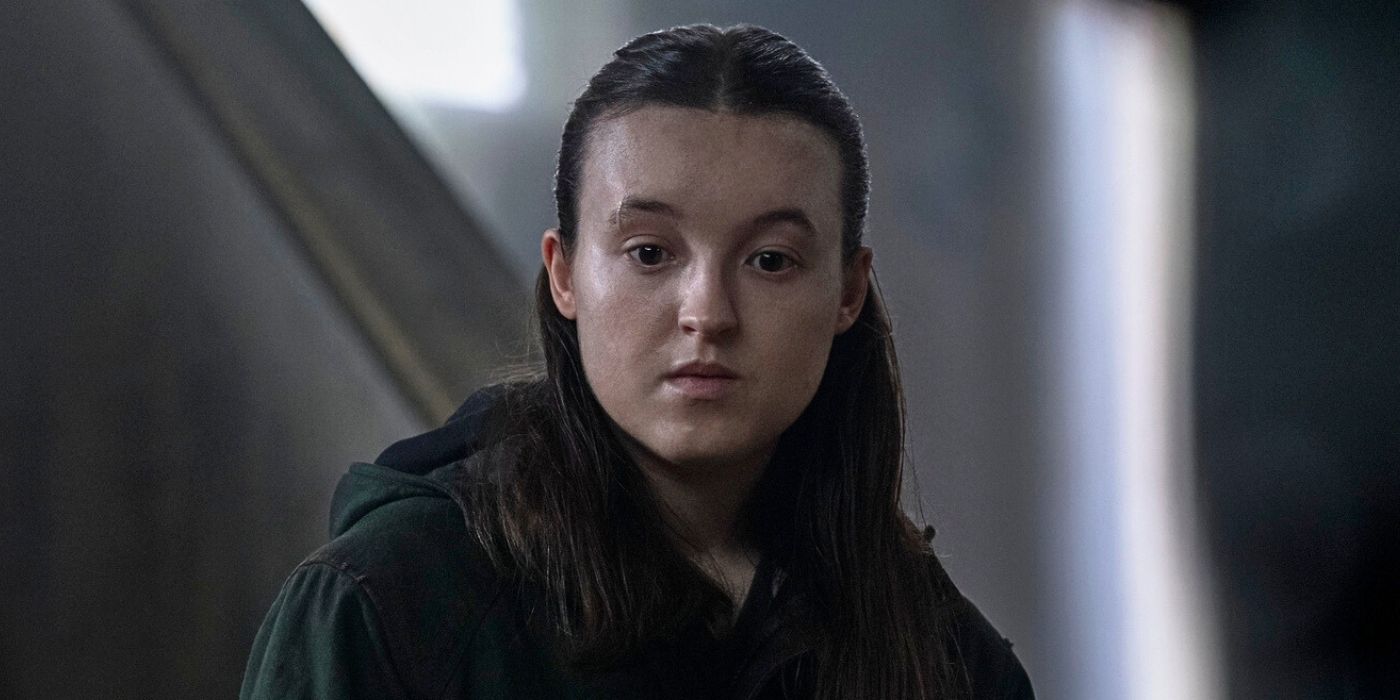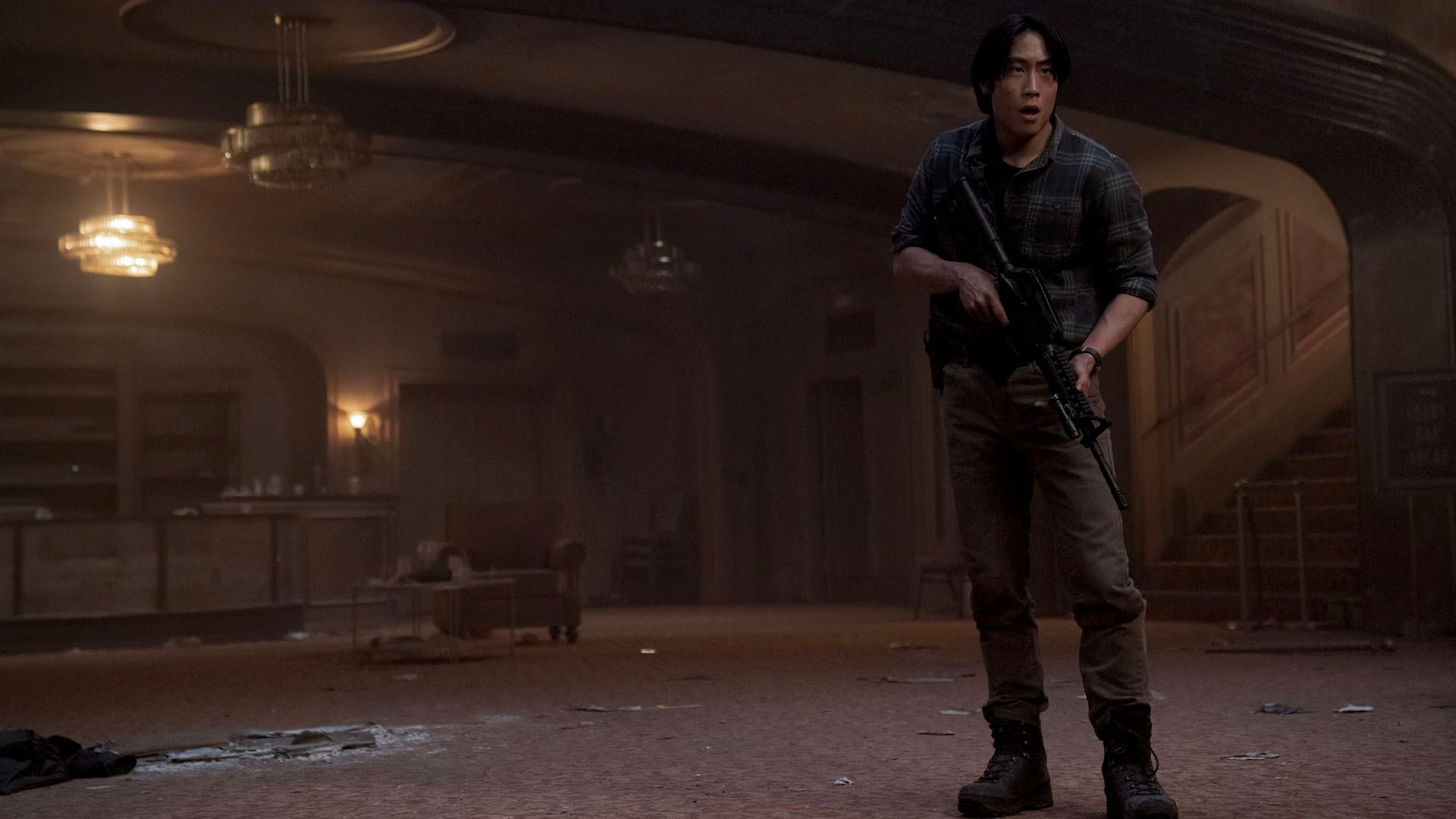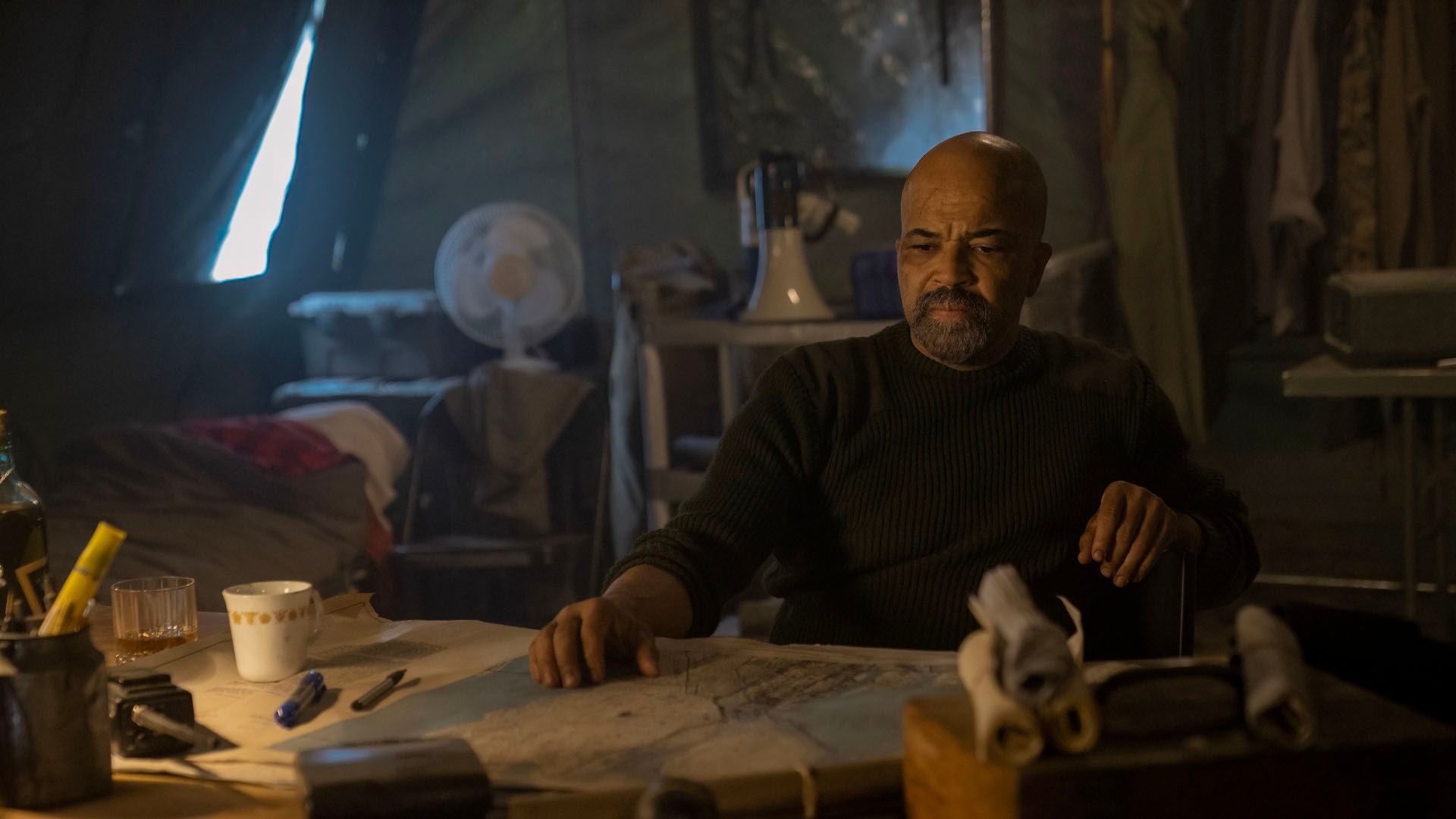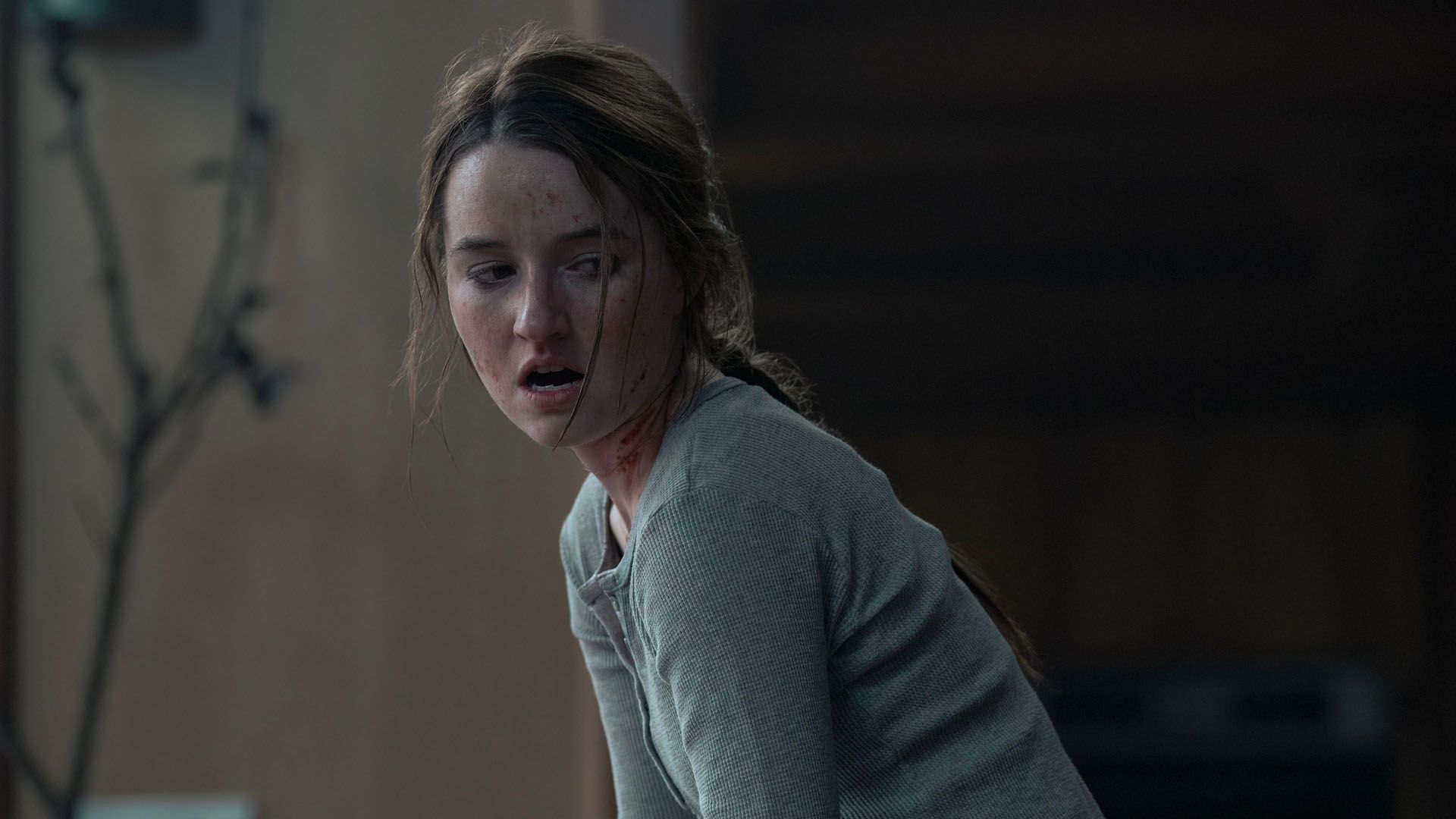
Two groups of viewers are captivated by HBO’s series, “The Last of Us“: those who have previous experience with the Naughty Dog video game franchise that inspired the show, and individuals like myself, who approach it as an entirely fresh post-apocalyptic tale. Without prior knowledge of the video games, I was genuinely taken aback by the surprising scene in Season 2, Episode 2 titled “Through the Valley.
As the long-awaited season finale arrived, Episode 7 packed quite a punch. However, its conclusion left me feeling disillusioned and bewildered in a manner that maybe isn’t familiar to avid video game enthusiasts. This raises an intriguing question: Is the show actually intended for a different audience?
A Quick Recap of What Happens in ‘The Last of Us’ Season Finale

The conclusion finds Ellie (Bella Ramsey) still shaken by Joel’s (Pedro Pascal) demise. With a thirst for vengeance against Abby (Kaitlyn Dever), who killed her mentor, she journeys forth despite warnings from her community. Ignorant of the true strength of their adversary, Ellie and Dina (Isabela Merced) bravely push into perilous regions.
Following her aggressive assault on Nora (Tati Gabrielle), Ellie uncovers a hint that takes her to the aquarium, a place where she suspects Abby is concealed. Nearly meeting her demise but being saved by Tommy (Gabriel Luna) and Jesse (Young Mazino), she remains resolute in her pursuit, disregarding caution to seek resolution, regardless of the price.
During this sequence of events, Ellie unfortunately ends up causing harm to Abby’s friends Owen (Spencer Lord) and Mel (Ariela Barer), leaving her deeply regretful. This remorse intensifies upon discovering that Mel was carrying a child. Unfortunately, Ellie does not locate Abby, but upon returning to the theater, it is Abby who encounters Ellie.
In the aftermath of shooting Jesse and threatening Tommy, Abby crosses paths with Ellie. The young girl begs for Tommy’s life, confessing that she, not he, was responsible for the deaths of Owen and Mel. Angered, Abby recalls how Ellie had spared her in the past. As Abby readies her gun, a gunshot echoes through the air, followed by Ellie’s desperate cries of “no, no, no!” However, it remains uncertain as to who fired the shot and whether either character has been wounded or killed.
The camera transitions to a flashback showing Abby being called upon to converse with Isaac (Jeffrey Wright). She steps outside to gaze at the city below, which serves as the foundation for Season 3’s narrative. For those new to the game, this scene might raise more questions than it answers.
‘The Last of Us’ Has a Chronology Problem

As a movie critic who’s not particularly versed in gaming lore, I must admit this finale left me rather bewildered. While seasoned gamers might find it all quite coherent, us newcomers are left puzzling over the intricacies. It appears that the timeline jumps around throughout the series, a fact made clear by the title cards indicating when each scene or episode takes place. Intriguingly, this final scene with Abby unfolds before the events involving Ellie, labeled “Seattle Day One,” yet comes after Joel’s untimely demise.
From the perspective of a viewer, it appears this scene portrays Abby at an earlier time during the day, prior to learning about Owen and Mel’s deaths. Going back through the episodes, it seems all events are connected through a significant three-day period. If my assumption is correct, then day one corresponds to when Ellie and Dina came to Capitol Hill searching for Abby following Joel’s demise.
In a nutshell, some incidents depicted across the season’s run are neither completely clear-cut nor fully resolved. For instance, Episode 4, titled “Day One,” initially takes us back to 2018, 11 years ago, and then jumps forward to Isaac in the present day, seemingly marking the start of a three-day Seattle storyline. The second day is portrayed in Episode 5, “Feel Her Love,” where Nora meets her demise, and Dina nearly meets the same fate. After some flashbacks in Episode 6, “The Price,” the narrative resumes for day three, but then loops back to day one by the end, switching to Abby’s viewpoint to continue the storyline.
In the absence of specific events or background information beyond place names and a sequence of days, it can be challenging to keep up with the narrative flow, even for dedicated viewers. Some fans have expressed frustration that Joel’s death occurred early in the season, given the significant events that transpired during those years. The significant instances are only lightly touched upon to bridge the gaps, primarily through the penultimate episode titled “The Price,” which focuses on Ellie’s birthday celebrations annually from age 15 to 19, providing flashbacks as a means of filling in the narrative blanks.
Instead of focusing primarily on Ellie and Dina’s journey throughout the season, interspersed with brief appearances by the Seraphites, Washington Liberation Front (WLF), and Isaac (Jeffrey Wright), the narrative should have been structured to encompass a broader range of events that took place during those five years. The storyline should have started with Joel’s death and then delved into the significant moments that led up to Ellie and Abby’s confrontation, rather than presenting their encounter first and gradually revealing the intervening years.
It’s been reported by Variety that the third season of the series will focus on Abby’s story, which could potentially make things more complex. Actress Dever has faced criticism from both gamers, who feel she didn’t accurately portray the character’s appearance and feel from the game, and show-only fans, who dislike her due to a controversial golf club scene and aren’t happy with her performance. Some people are wondering if it’s wise to base an entire season on her storyline.
In addition, the final episode contained numerous contemplative scenes, giving it a mid-season feel rather than a climactic finale. Though there were thrilling instances, they were scarce compared to the more frequent character development and heartfelt exchanges between Jesse and Ellie. However, these elements seemed to lack resolution.
The Show Struggles To Find Its Audience

In its first season, The Last of Us remained true to the video game, making it easy for both fans of the game and new viewers to understand and appreciate. However, in Season 2, the narratives veer off in numerous directions, touching on aspects from the game only superficially. As a result, those unfamiliar with the intricate details may find themselves confused.
Is “The Last of Us” catering more to its gaming fanbase by incorporating elements from the game, or attempting to draw in new viewers for the show? It appears to be the former, as many aspects may not make sense to those unfamiliar with the game, potentially appearing confusing and disconnected.
Example: Isaac continues to puzzle people, particularly regarding his unusual interest in Abby. Who are the Seraphites, the enigmatic cult-like group that nearly killed Ellie? They seem to be adversaries of the WLF, but there is much more about them that remains unknown. Gamers who are already familiar with the lore can easily figure this out, but for those not in the know, they’ll have to wait for a whole new season to uncover further details beyond brief appearances of these intriguing characters sporting peculiar clothing and disturbing practices.
The issue lies in the fact that while half of the audience appreciates the change in perspective during the show, the other half finds it confusing because they’re not familiar with the games. In “The Last of Us Part II”, the story transitions to present Abby’s tale, which is effective in a video game setting, but for those unaware of the plot twists, it may not translate well on television.
In a different approach, midway through the series, swapping perspectives could have been effective. For instance, television shows such as “The Walking Dead” occasionally alter their format by centering each episode on a distinct band of survivors when they’re separated. While some audiences appreciated this, others did not. However, instead of dedicating an entire season to Ellie pursuing Abby and then delaying the presentation of Abby’s perspective until Season 3, it might appear overly prolonged for new viewers following the storyline.
Essence: The Last of Us seems to be designed primarily for gamers, and it leaves a non-gamer like me pondering if Season 3 will be worth watching. A gamer could have completed the game in just weeks or even months, quickly absorbing the entire story and multiple viewpoints. Prolonging the narrative over two years feels too extended for television standards. Maybe I should just play the game myself. Consider streaming The Last of Us on Max instead.
Read More
- Clash Royale Best Boss Bandit Champion decks
- Clash Royale December 2025: Events, Challenges, Tournaments, and Rewards
- Clash Royale Witch Evolution best decks guide
- Clash Royale Furnace Evolution best decks guide
- Mobile Legends December 2025 Leaks: Upcoming new skins, heroes, events and more
- Mobile Legends X SpongeBob Collab Skins: All MLBB skins, prices and availability
- Mobile Legends November 2025 Leaks: Upcoming new heroes, skins, events and more
- BLEACH: Soul Resonance: The Complete Combat System Guide and Tips
- The Most Underrated ’90s Game Has the Best Gameplay in Video Game History
- JoJo’s Bizarre Adventure: Ora Ora Overdrive unites iconic characters in a sim RPG, launching on mobile this fall
2025-05-27 00:34